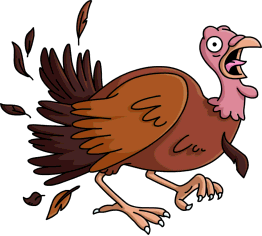Invert Your Perspective in 2019!
Jennifer Kummrow2021-09-01T23:27:23+00:00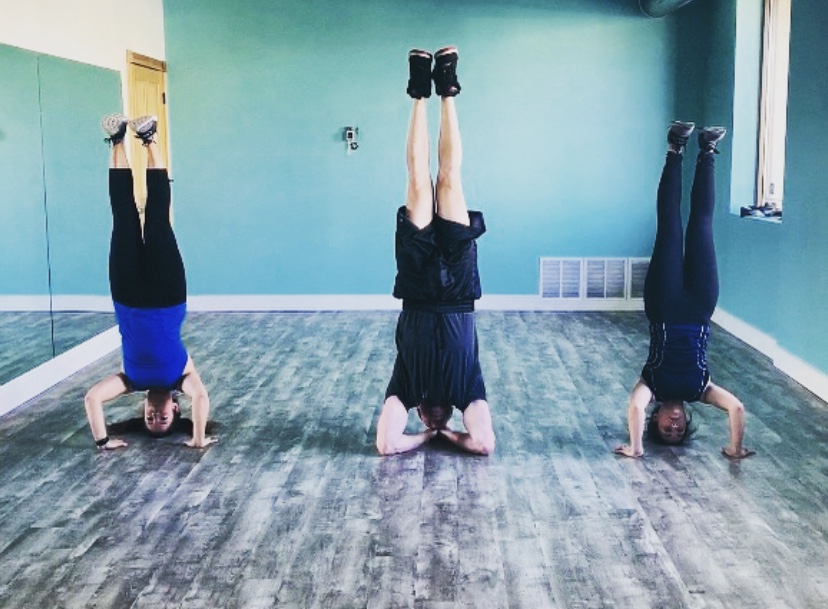
In our last post, we discussed the importance of SMART goal setting and ways you can prevent yourself from ditching your New Year’s resolution before Valentine’s Day. If you have been wondering what goals we have set for ourselves at IP, we are going to flip the clinic upside down! John, Alex, and Jen all want to practice their variations of headstands and handstands!
Why you ask? Here are some of the benefits of practicing a form of inversions:
1) Increased core and cervical stability
2) Trains your vestibular system
3) Increased blood flow to the brain to improve concentration
4) Decreased lymphatic pooling in lower extremities
5) Builds humility through regular mistakes and practice
6) It’s FUN!
Not convinced you want to try yet? It doesn’t have to be a scary as it sounds. At IP, we have dozens of ways to modify and add assistance to various inverted poses for you to receive the therapeutic benefits of “inverting your perspective.”
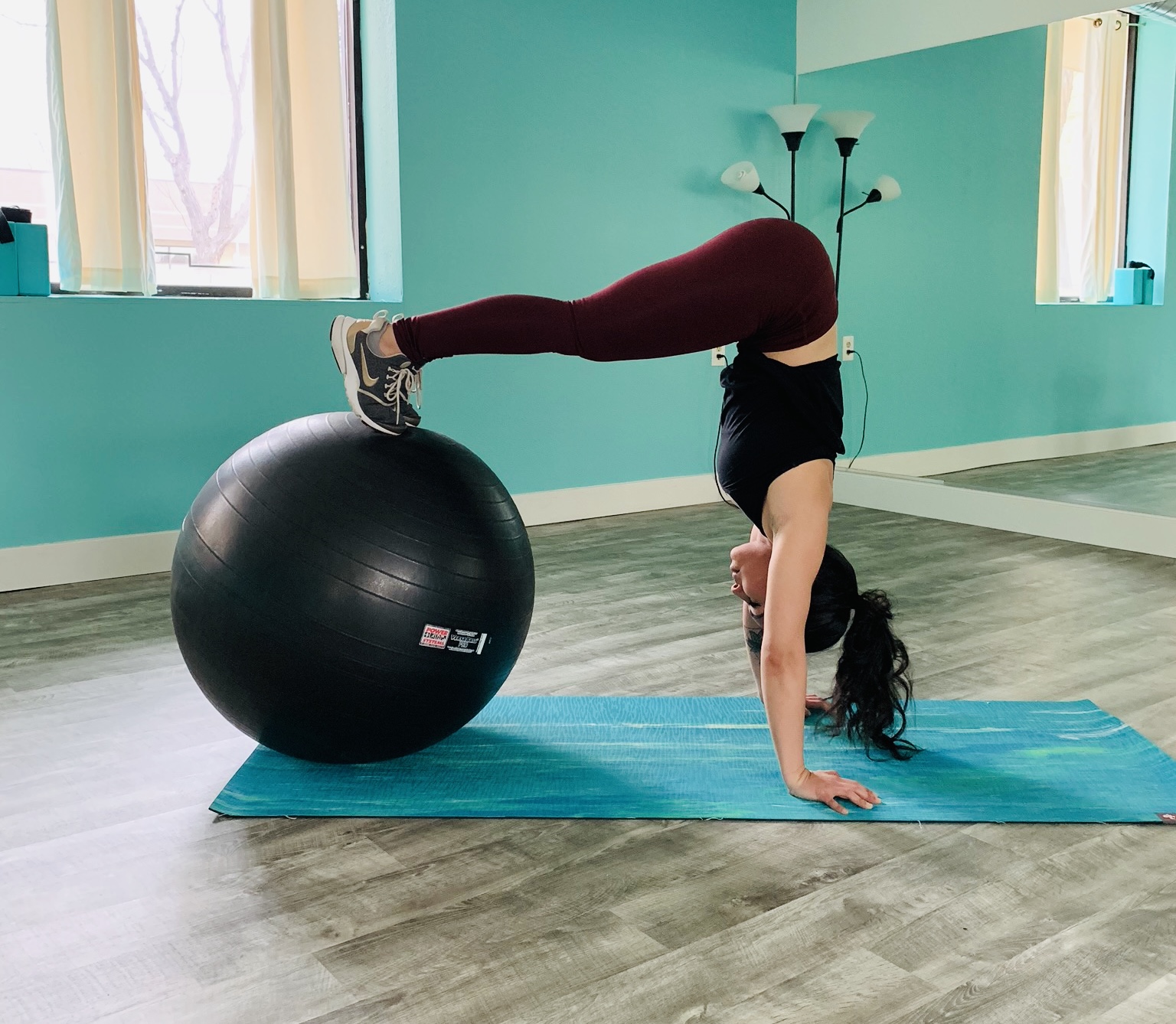
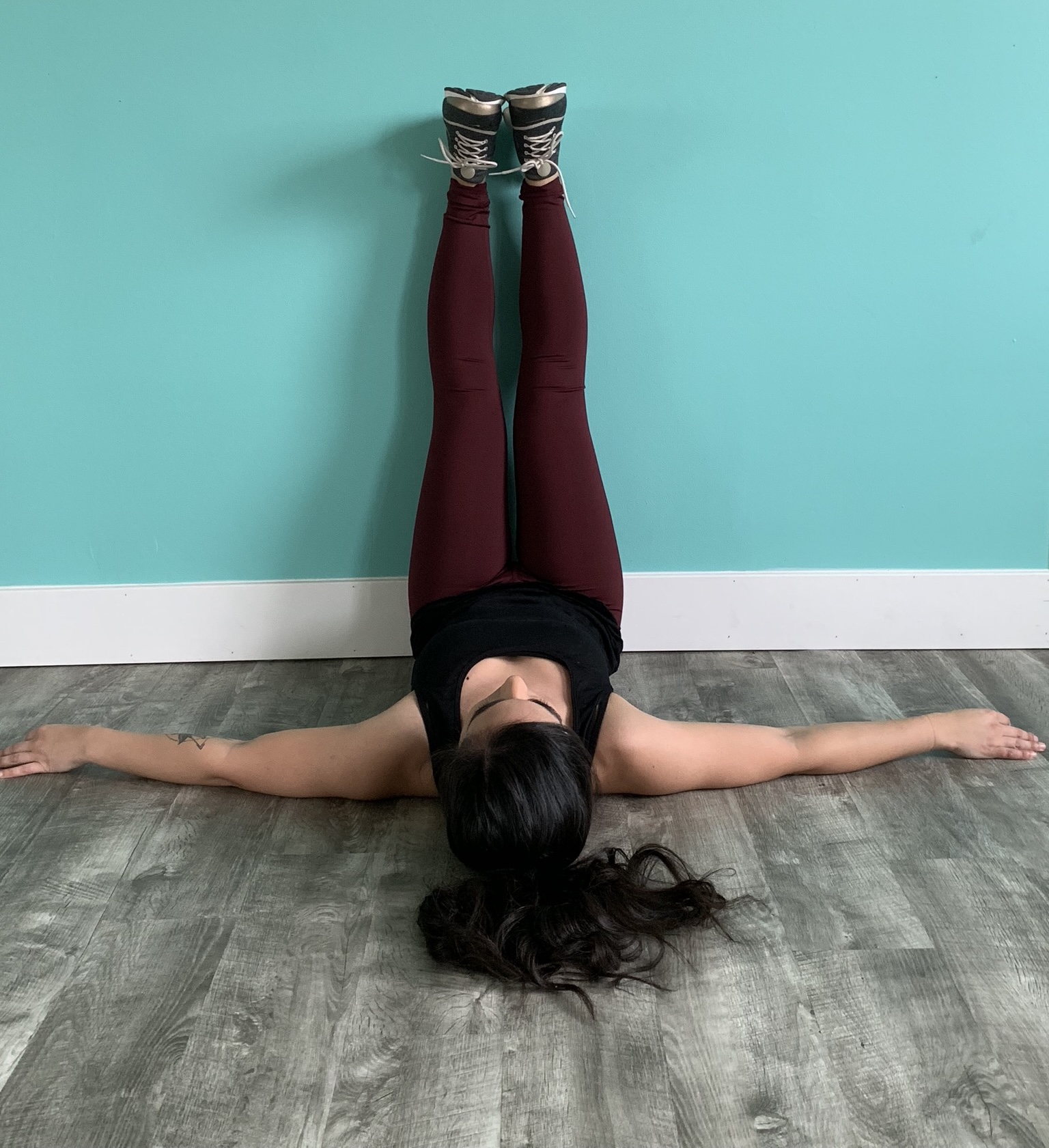
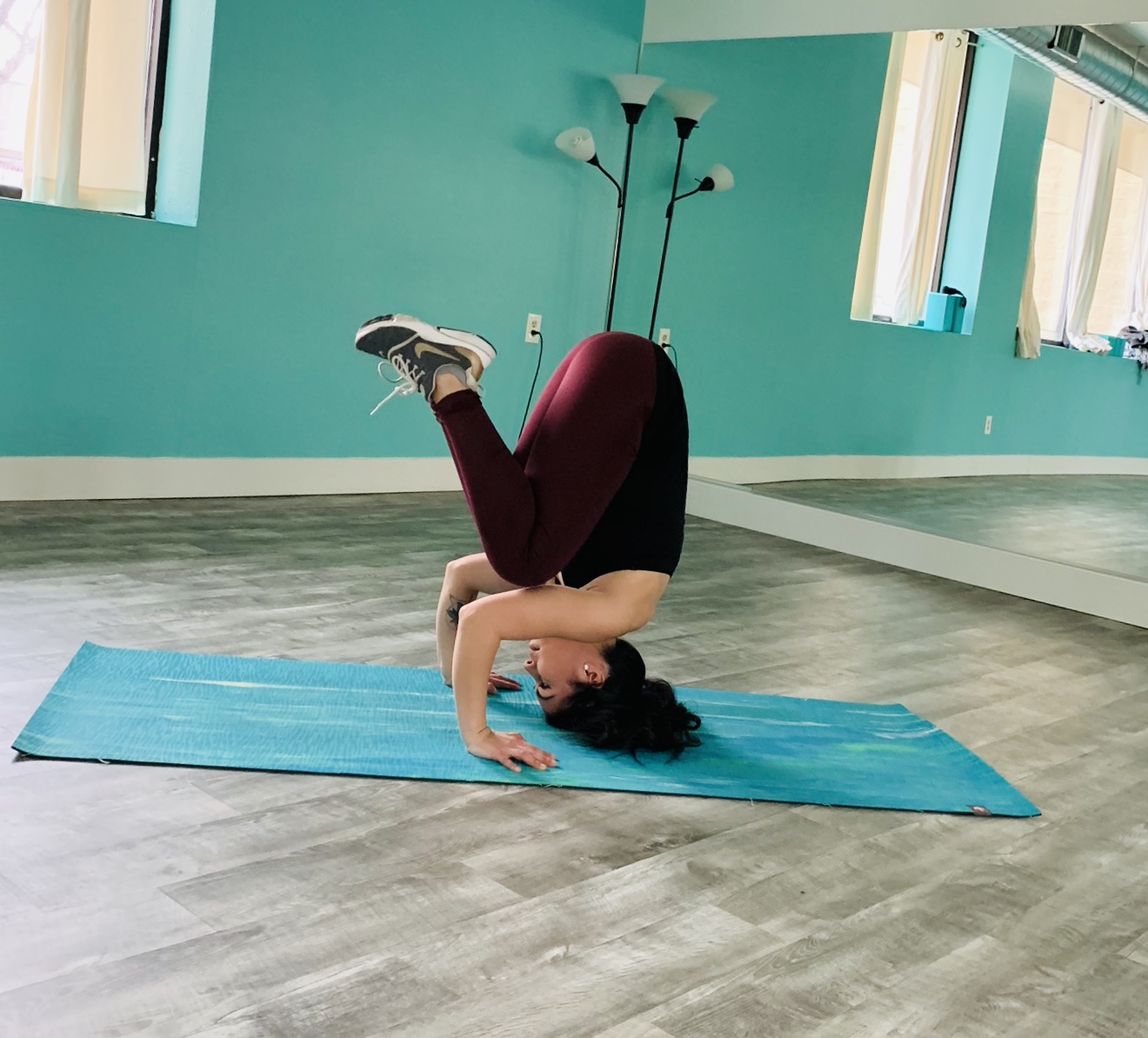
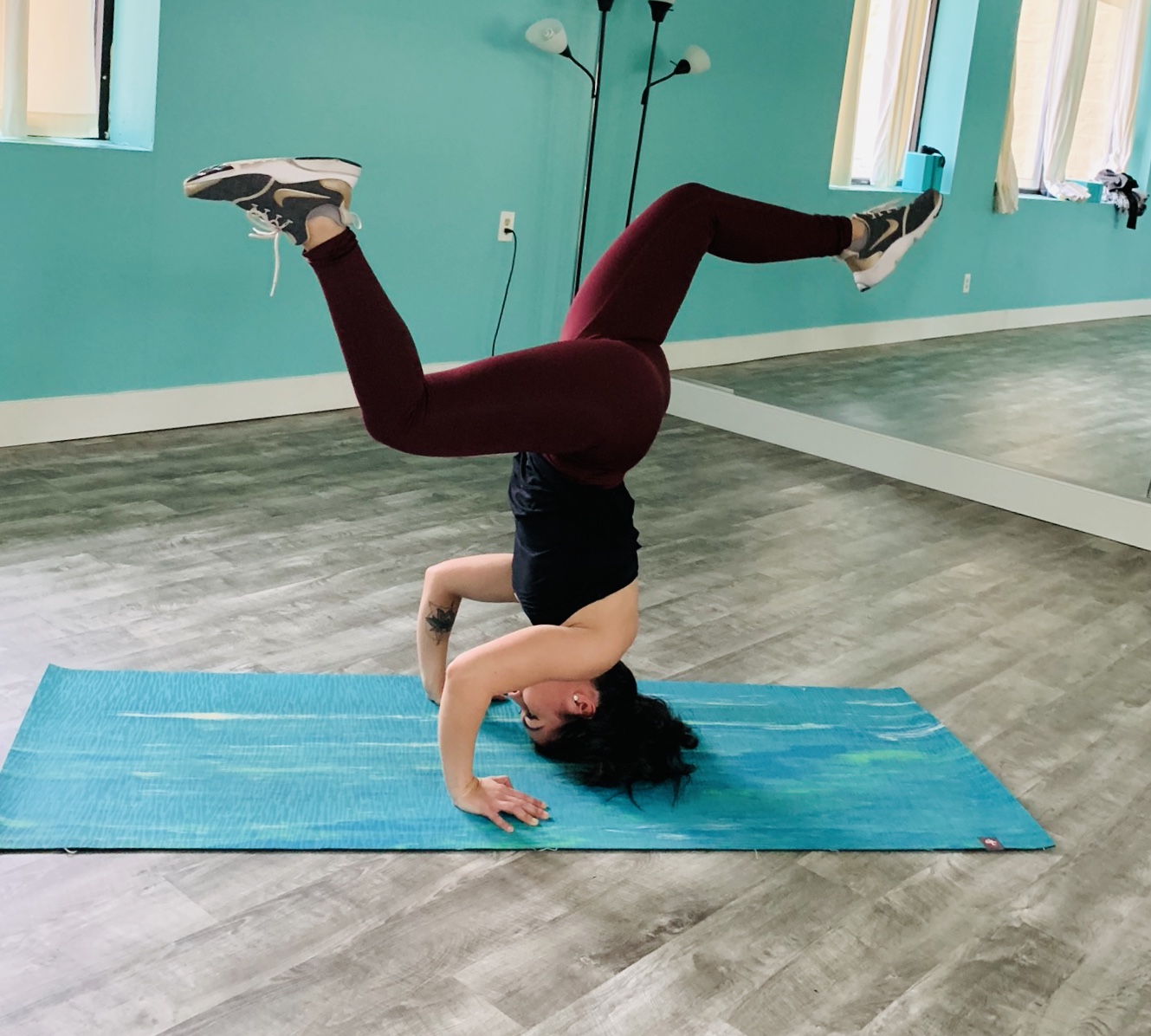 Welcome to 2019!
Welcome to 2019!
